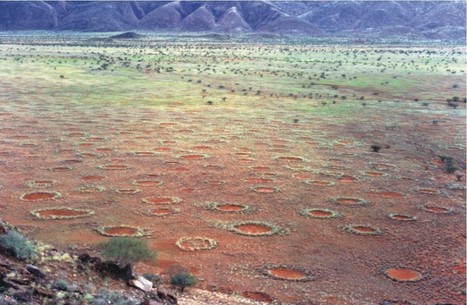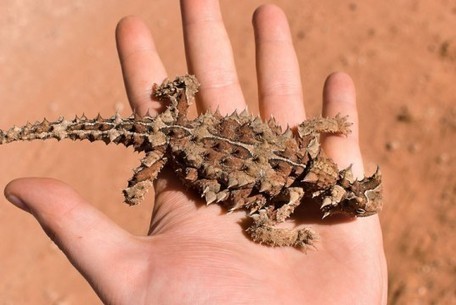"Researchers were able to make drops grow six times faster than normal by copying the insects' shell geometry. Combined with other plant techniques, the team created drops that grew larger as temperatures increased.Scientists have drawn inspiration from the bumpy shells of Namib desert beetles to improve the collection and transport of water droplets."
Research and publish the best content.
Get Started for FREE
Sign up with Facebook Sign up with X
I don't have a Facebook or a X account
Already have an account: Login
 Your new post is loading... Your new post is loading...
 Your new post is loading... Your new post is loading...
|
|






















